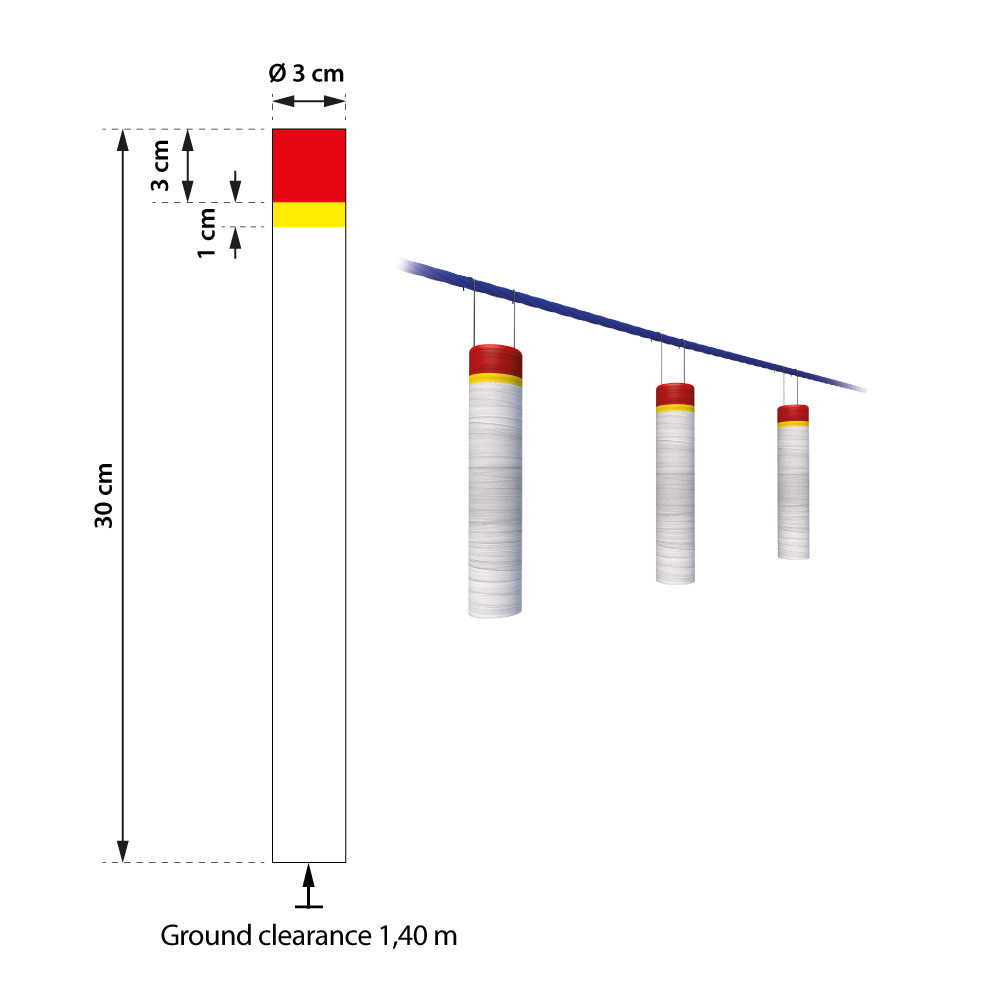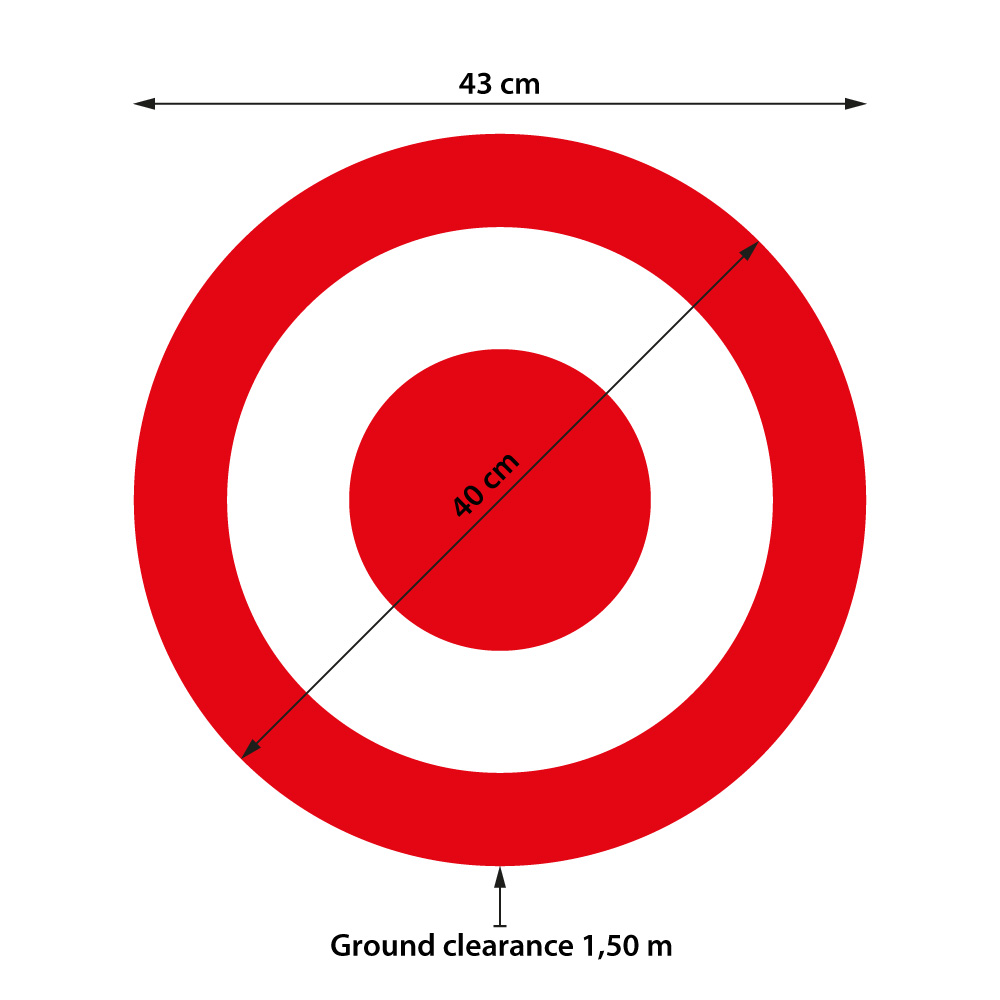. . .
Category: Short distance
Diameter: 3 cm
Height: 30 cm
Adaptation for T.A.I. Shooting Distance: 30 m 3 arrows are to shoot
Historical Background
The history of Jemparigan goes way back before the 17th century. In the years between 1755 till 1792 it was Sri Sultan Hamengku Buwono I, the first king of Yogyakarta, who encouraged his followers to learn archery as a means of forming the character of a knight. The character of the knight in question is the four values ordered by Sri Sultan Hamengku Buwono I to be used by the people of Yogyakarta, namely sawiji, greget, sengguh, and ora mingkuh.
“Sawiji” means concentration, “Greget” means enthusiasm, “Sengguh” means confidence, and “Ora Mingkuh” means having a sense of responsibility.
The target is called “Bandulan”, the lower section, known as the awak (body) is painted white, the top called “Sirah” (head). The yellow ring between head and body is called “Leher” (neck).
Initially, this game was only performed among the Mataram Kingdom family, and was made into a race among government soldiers. But over time, the art of archery is now increasingly popular and played by many people from among the common people.
Jemparingan is different from other archery which focuses on the archer’s ability to aim correctly at the target. Also, when archery is usually done standing up, Jemparingan is done cross-legged.
The archer does not aim with his eyes either, but positions the bow in front of his stomach so that the shot is directed according to the archer’s feeling. Nowadays archers are aiming at the target called „Bandulan“.
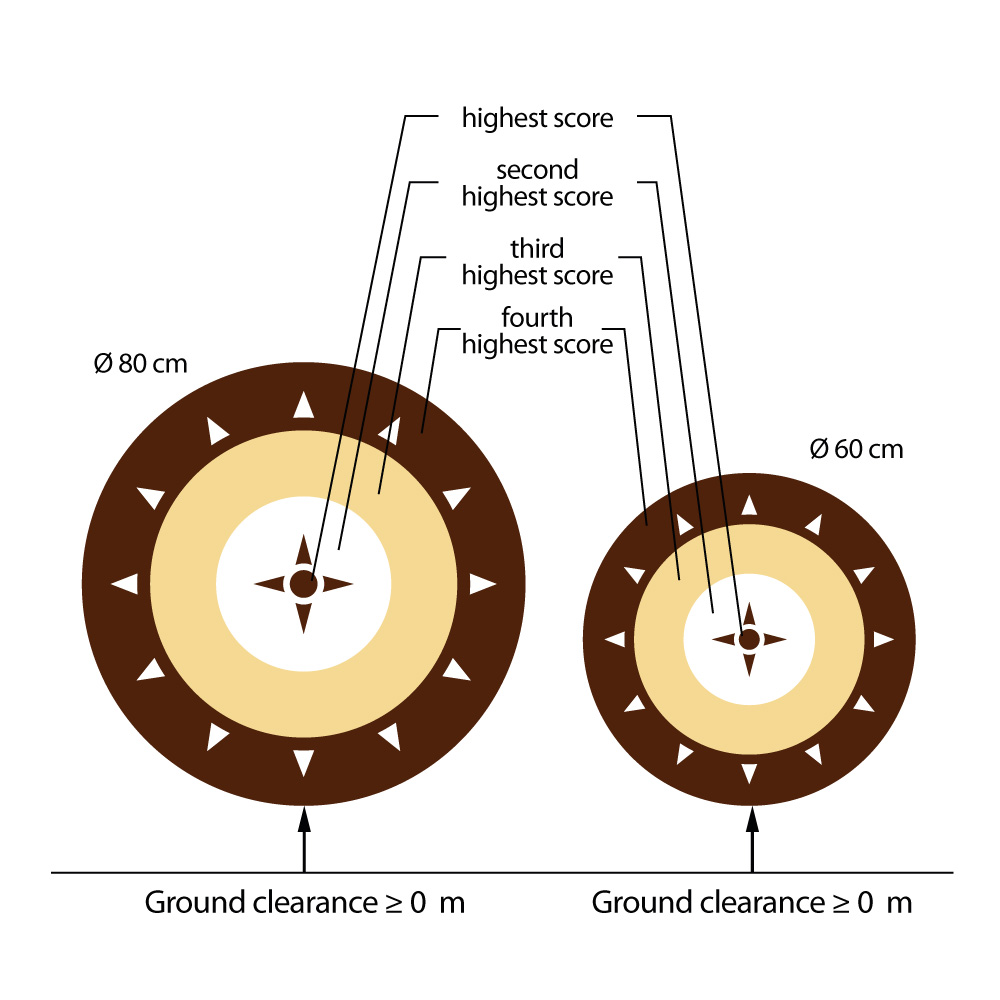 Origin: Mindanao, South Philippines
Origin: Mindanao, South Philippines
Big – Diameter: 80 cm
Small – Diameter: 60 cm
Adaptation for T.A.I.
Shooting Distance:
13 - 40 m on a 60cm face
40 - 65 m on a 80cm face
3 arrows standard round
6 arrows technical round
Historical Background
“Taming” is a Filipino and Malay term for war shields that is prevalently used in the Visayan and Mindanao regions of the Philippines and nearby South East Asian countries. Most surviving pieces are now in Museums and private collectors, they are large wooden or rattan circular shields (60cm-80cm in diameter & painted in bright colors often depicting the sun), They can cover a warrior from just above the knee upto this shoulder, roughly similar in size to the ancient Greek aspis or hoplon. Because of its size, they are also effective in defending against arrows, poison darts, and thrown spears before engaging in melee combat.
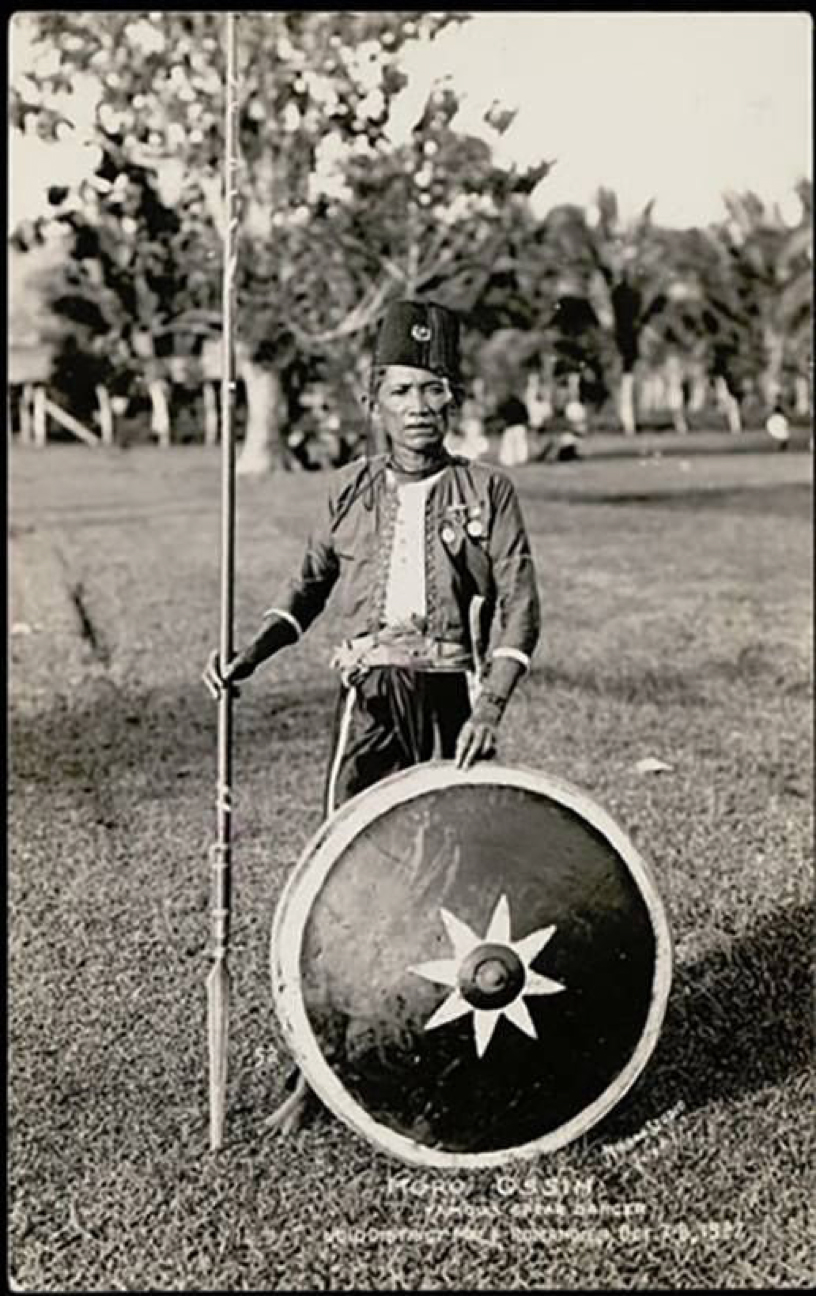 Taming target face was introduced by Historical Archers Philippines as one of two official traditional archery target faces. The colors are in traditional earth colors with 3 concentric score areas and a dot bulls-eye depicting the center of the sun. There are two ways to set up the Taming as a target, one is the center should be at chest level (depicting a standing warrior) or low on the ground depicting a stalking warrior or defending from a rain of arrows.
Taming target face was introduced by Historical Archers Philippines as one of two official traditional archery target faces. The colors are in traditional earth colors with 3 concentric score areas and a dot bulls-eye depicting the center of the sun. There are two ways to set up the Taming as a target, one is the center should be at chest level (depicting a standing warrior) or low on the ground depicting a stalking warrior or defending from a rain of arrows.
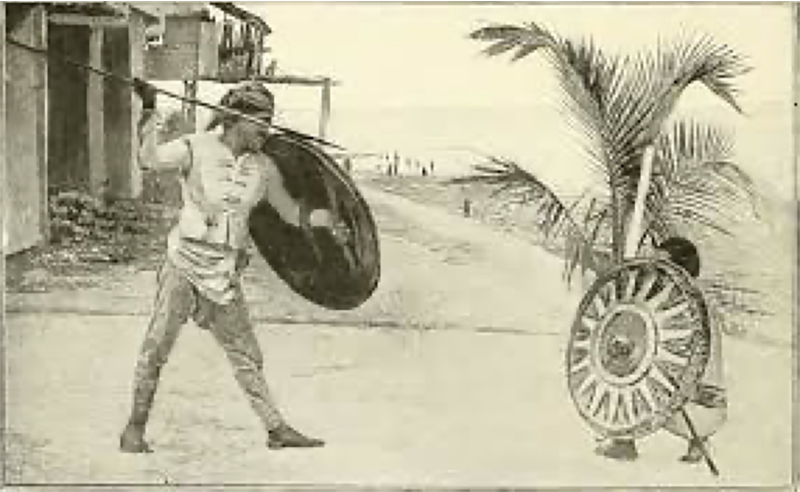 | 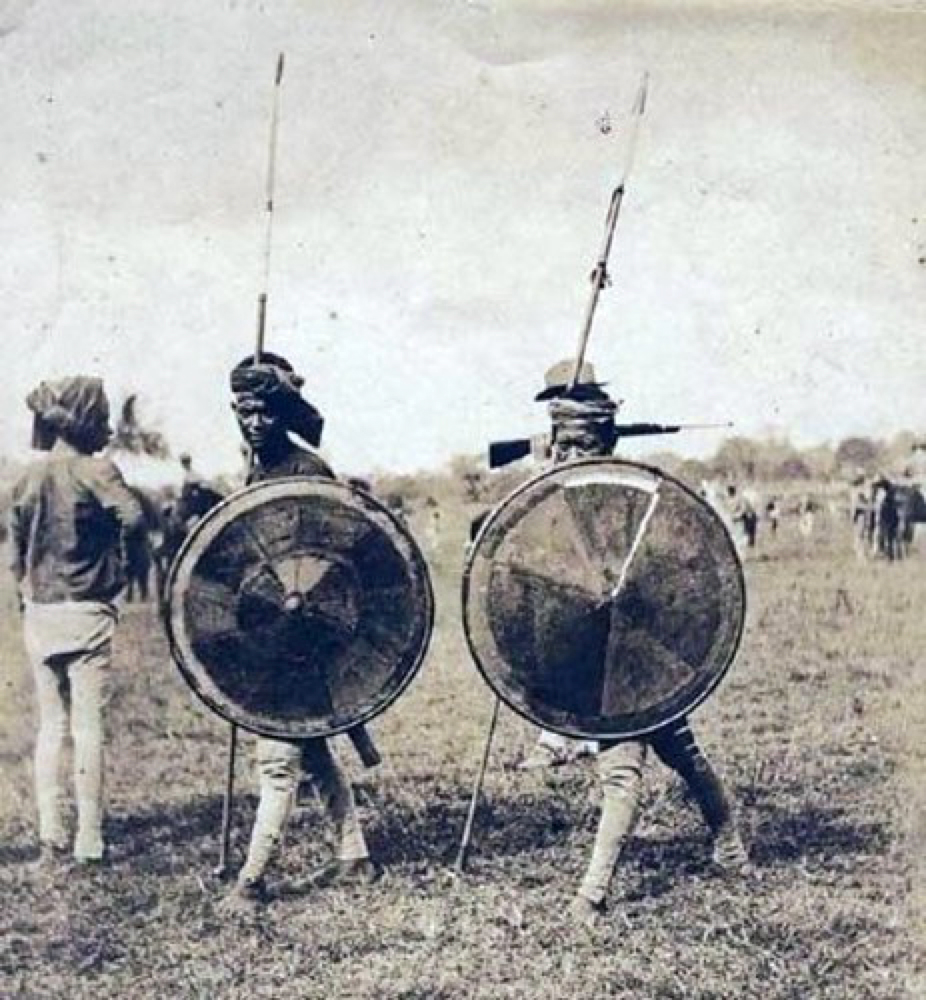 |
Source: Heinrich Lezama, Philippines
Diameter: 40 cm
Ground clearance: 1,50 m
Adaptation for T.A.I.
Shooting distance: is given
Children may shoot half distance
3 arrows per Target are to shoot
3 targets to shoot - 1st: standing frontal, 2nd: kneeling,
3rd: standing with the back to the targets
Usually there are 3 sets of these targets in a given distance.. The archer shoots each target from 3 different positions (Standing frontally, kneeling and facing with your back). The archer shoots 5 arrows from each position. This shooting will be done 2 times (2 rounds = 90 arrows to be shot). All competitions are shot in a given order in one sequence without breaks or checking or training. The maximum number of points to be scored will be 900 points for the scoring 10/8/5 point (inner to outer ring) The archery target with a common three-zone layout, with specially enlarged central zone that favors shooting and sub-missionary archers (means instinctive archers) by increasing the chance of getting the maximum score, even with a larger spread of hits.
Source: Karol Pisarkiewicz, PSŁT, Poland

